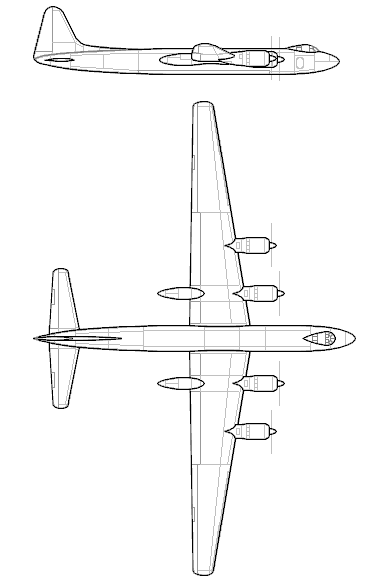Italy has noted with disappointment the result from the annual Talons over Cordoba competition. Cpt. Ricco put in a valiant performance but the plethora of newer types on offer was too much. The small Italian team had a pleasant time at the event and took the time to look over the aircraft on offer. Most interest was expressed around the I-02 fighter and the Do-217 bomber on display. Rumours have been going around of Italy wishing to start up licence production of various aircraft types in order to reduce costs. It seems likely that close attention is being paid to recent worldwide developments and that Talons gives an opportunity to see new aircraft up close.
The Senate has been full of debate over the future of the air force over the past month with the proposal to merge it into the army and navy. The impetus behind this has mostly been from last year’s strategic defence review which removed the air force’s strategic bombing mission. The much closer focus on tactical power has led many to say that air power would be much better suited under the arms of the other services, making it easier to tie in with land and sea forces. Although strongly opposed, the motion won through. With the demise of the air force, another new armed force emerged, with the air defence force – responsible for Italy’s defence from the air. A large number of fighter squadrons from the air force will be transferred into the new force along with anti-aircraft units previously operated by the army. The changeover will be gradual but should be completed in 1939. It is unlikely to have a major effect on the few current major aircraft programs; the main change coming to the Fiat Scorpione long range bomber; the lack of a strategic bombing role leading to it’s adoption by the navy as a long range maritime reconnaissance and strike aircraft. The first prototype has made a short flight at Guidonia but it is currently without many of the onboard systems. In order to expedite it’s entry into service a number of stages of increased capability are planned with the first aircraft being fairly austere. The first squadron is unlikely to commission until 1940.
 Fiat Scorpione
Fiat Scorpione
It’s a bumper year for first flights with the new Fiat G.55 Centauro flown in March, although slightly behind schedule. The G.55 Centauro is a comprehensive re-design of the previous G.50 fighter which failed to enter service when problems emerged in testing. After taking time to gather data from the G.50 prototypes, the new G.55 was built in a short period of time. Reports state that the previous safety problems encountered have been eliminated, although a better term might be mitigated. A limited amount of performance data has been released but initial reports seem promising. It seems to be some way from meeting the projected speed of the G.50, though that is mostly due to the lower power provided by the A.38 engine. The reliability and vibration problems that dogged the previous A.60 engine seem to have been alleviated. It is said that Fiat engineers are busy building a race version of the A.38 for Stiavelli’s new speed record aircraft.
 Fiat G.55 Centauro
Fiat G.55 Centauro
The final first flight of note was Campini’s N.1 which became the first jet aircraft in the world to fly. The news came soon after Argentina’s first flight of the rocket propelled IAe.10. It is understood that the Minister of Aviation Italo Balbo personally ordered the flight to proceed despite the protestations of Campini that it wasn’t quite ready. The flight was short and eventful but saw aviation make a significant jump ahead. Piloted by veteran test pilot de Bernardi, the flight was cut short after ten minutes by overheating problems. Ing. Campini says that a proper series of test flights should start early next year.
 Campini N.1
Campini N.1 Quoted
Originally posted by Red Admiral


Quoted
The final first flight of note was Campini’s N.1 which became the first official/publicized jet aircraft in the world to fly. The news came soon after Argentina’s first flight of the rocket propelled IAe.10.Quoted
What sort of engines are those on the big Fiat?Quoted
...so Italy divides their air force between Army and Navy? And the creation of an Air Defense Force? Interesting... it kinda makes sense. IIRC the Russians did something similar.Quoted
There have already been a few flights of Mexico's pulsejet testbeds, but they have all been held in total secrecy.
Quoted
The Soviets could afford both but I'm not sure Italy can unless the AF and fighter force uses the same guns, radios, aircraft etc to avoid duplication of effort etc.
Quoted
It's likely that similar aircraft will be used by both services.Quoted
Originally posted by Hood